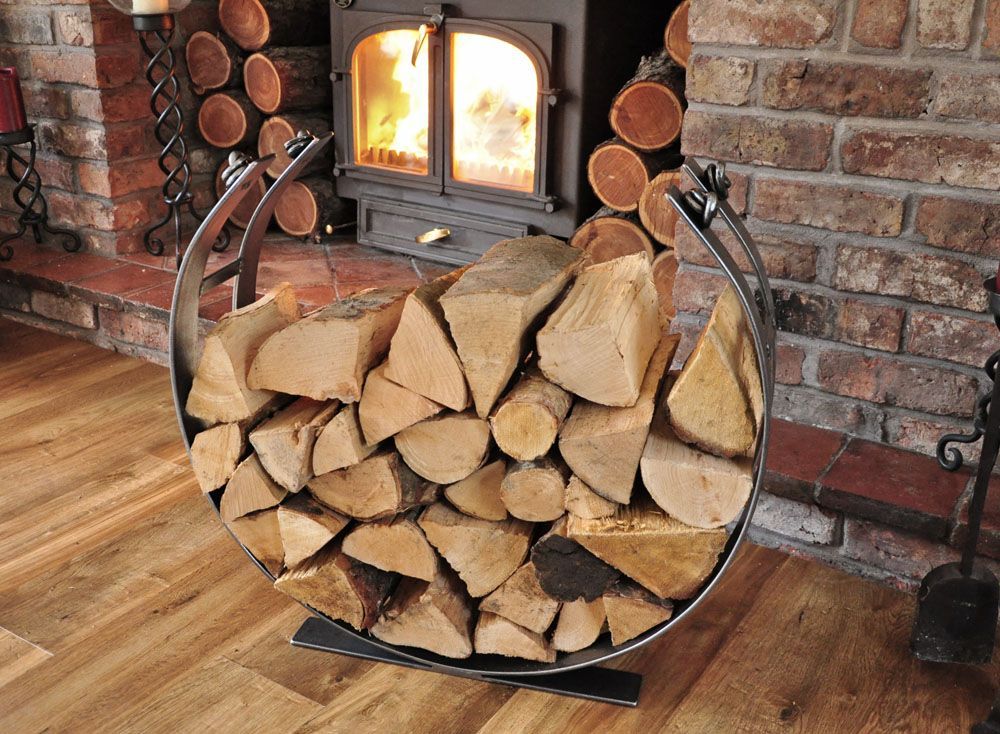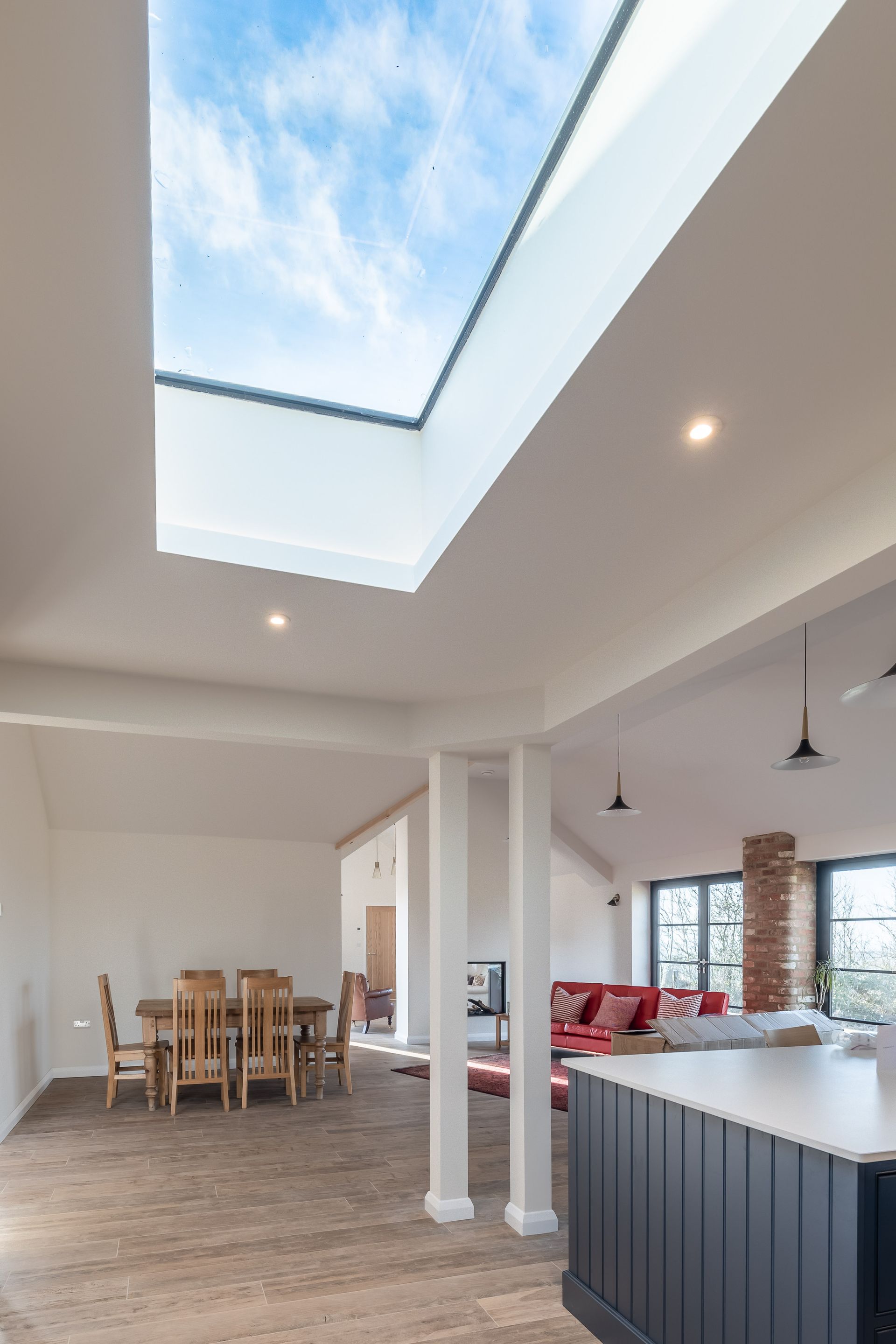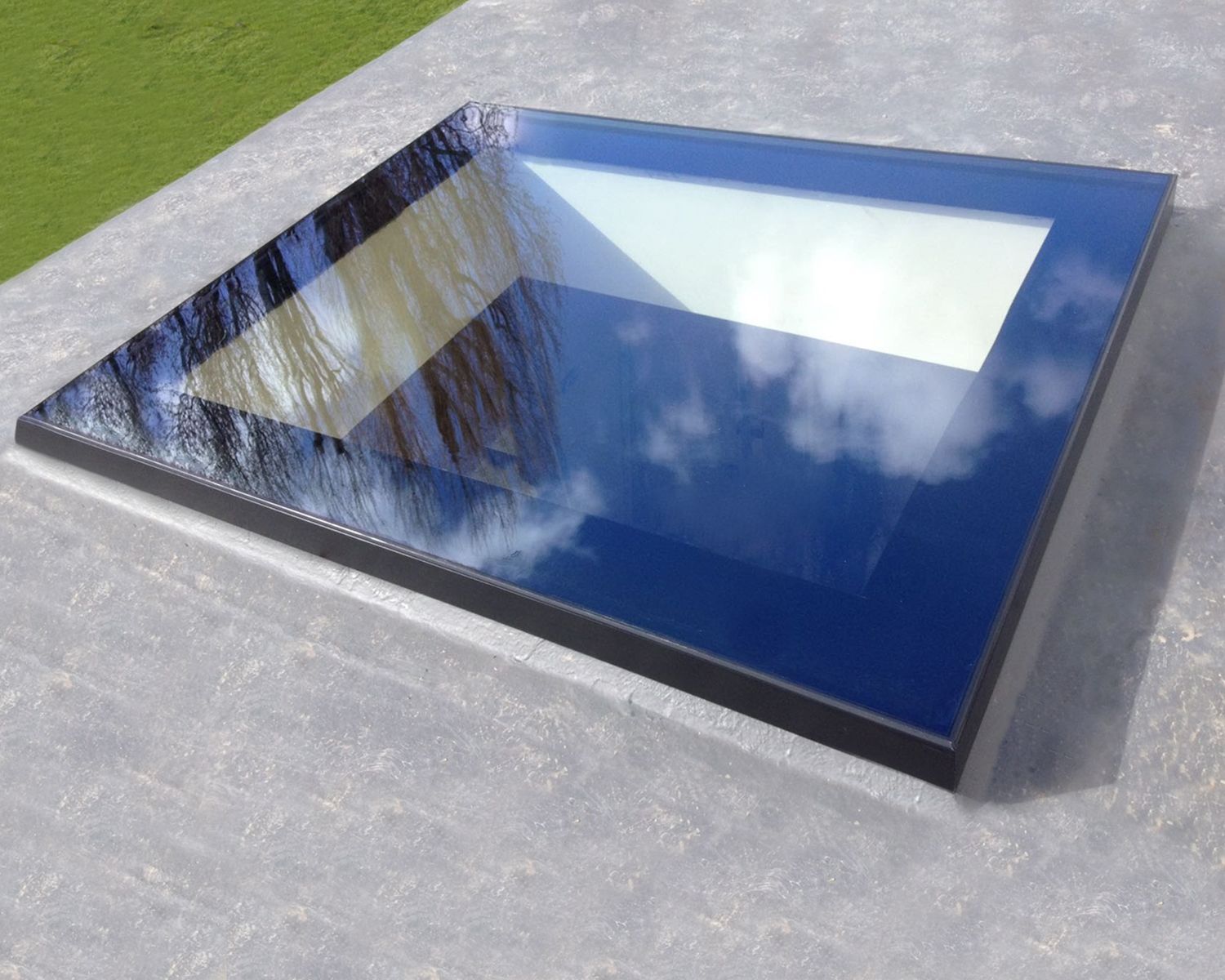3 Top Reasons to Use Stainless Steel Gutter Brackets
Stainless steel is one of the most useful and versatile metals used throughout the world today. With its impressive strength and durability, resistance to corrosion, and aesthetic attractiveness, it’s no wonder that stainless steel is always so keenly sought after, whatever industry you happen to be in. Stainless steel gutter brackets are becoming increasingly popular in the domestic home market, and we’ve put together 3 of the main reasons why…
1. Durability
Unquestionably, one of the best reasons to utilise stainless steel gutter brackets is the durability and longevity they provide. Rather than having to replace your plastic alternatives every couple of years, a well-made set of metal gutter brackets will last you years, decades even.
What’s more, they’re highly resistant to the elements, able to withstand even the fiercest of storms, gales and downpours. In fact, our gutter brackets, for instance, are made from Marine Grade 316 stainless steel, the same grade used within the shipping industry, for maximum protection from corrosion.
So, although they might be slightly more expensive than those cheaper-made alternatives (cheaper in every sense) - they more than showcase their value over time. In fact, stainless steel has a “design life expectancy” of well over fifty years, so you know that these robust metal gutter brackets are going to practically last you a lifetime…
2. Craftsmanship
Although it might have gone out of fashion in recent times, true iron and steel-mongering is a skill to behold, and a craft whose products rightly deserve a place on your home’s exterior. Unlike mass-manufactured PVC, for instance - which has all the character and charm of a shopfront mannequin - you can tell that most steel gutter brackets have been made with genuine care and a love for the craft; something which is increasingly rare in this day and age.
3. Strength & Style
Unlike many flimsy gutter brackets, those made from stainless steel can hold a much larger quantity of weight, due to the material’s innate structural strength and integrity. That means stainless steel gutter brackets, whether fascia or downpipe brackets, can support cast-iron guttering as standard, as well as any build up of water or natural detritus (like leaves or mud).
Stainless steel guttering options offer you both style and (unrivalled) substance - both form and function. We don’t tend to think of our guttering as something that can look attractive; and whilst it may never be the belle of the housing ball, cheap, ugly guttering brackets and guttering can really drag down a home’s aesthetic appeal.
Final Thoughts…
So, those are just 3 of the reasons why stainless steel gutter brackets are such an attractive option when finishing your home’s exterior, but they’re far from the only benefits. To find out more about these gutter brackets, as well as other cast iron and stainless steel items, then get in touch with Metal and Glass, today! Give us a call on 01752 917 497 or email info@metalandglass.co.uk. However you wish to get in touch, we look forward to hearing from you!

All Rights Reserved | METAL & GLASS LTD
Company Number | 12113002





